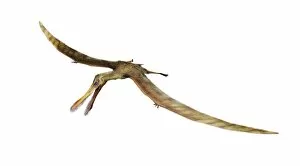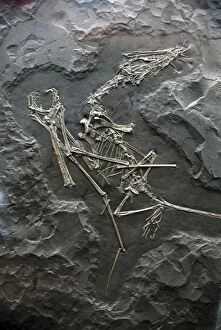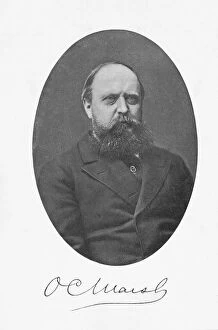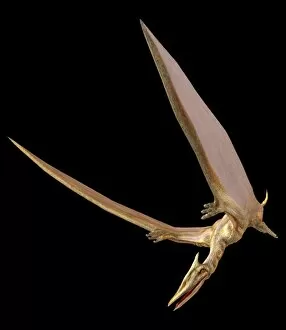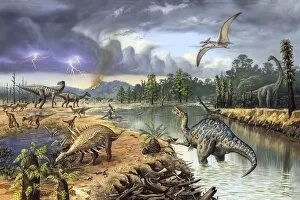Pterodactyl Collection (page 8)
Duria antiquior (Ancient Dorset) takes us back in time to the prehistoric era, where gigantic creatures roamed the Earth
All Professionally Made to Order for Quick Shipping
Duria antiquior (Ancient Dorset) takes us back in time to the prehistoric era, where gigantic creatures roamed the Earth. Pterodactyls, often considered as marsupial bats, were among these fascinating beings that captured the imagination of scientists and artists alike. In 1857, Gosse described them as "pterodactyle Bat-Lizards, " highlighting their unique features that combined elements of both bats and lizards. This description fueled further speculation about their behavior and appearance. One iconic representation of they can be found in the classic film KING KONG from 1933. Starring Fay Wray, this movie brought these ancient creatures to life on the big screen, showcasing their immense size and power. The Saurian Age was a time when our world's inhabitants were dominated by gigantic reptiles. In 1907, an artist depicted this era with a mesmerizing illustration featuring a pterodactyl soaring through the skies alongside a dragonfly – two ancient species intertwined in an epic dance of survival. Even in more modern times, pterodactyls continue to captivate our imagination. At Hendon Aerodrome Pageant, an unconventional aircraft called Pterodactyl took center stage. This tailless aeroplane pushed boundaries and challenged conventional design principles just like its prehistoric namesake did millions of years ago. As we delve into science and evolution, we discover intriguing connections between different species. Diplodocus dinosaurs are known for their massive size but even they sought respite by bathing in large bodies of water - perhaps sharing some similarities with their winged counterparts? From Ancient Dorset to present-day fascination at airshows or on celluloid screens – pterodactyls have left an indelible mark on our collective consciousness.


